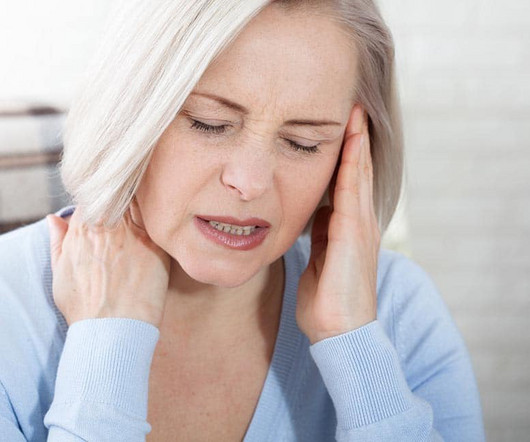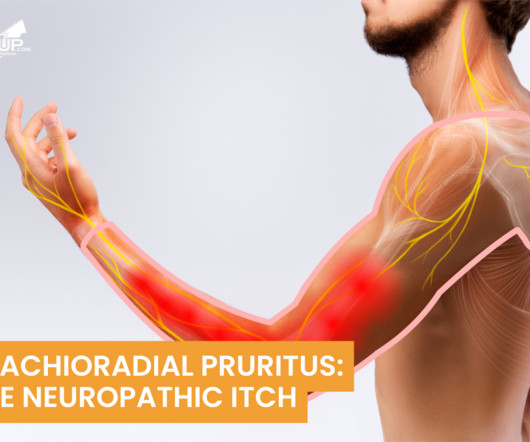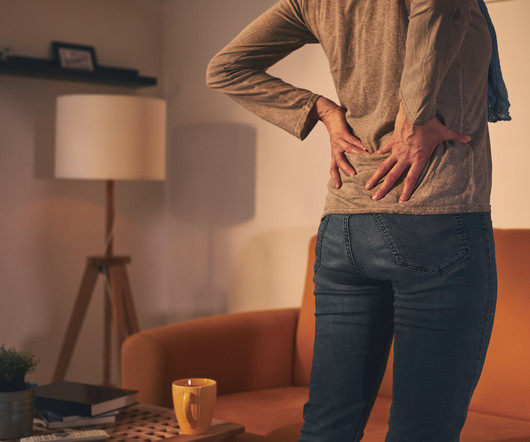Treating cervicogenic headaches with dry needling and manual therapy
Chiropractic Economics
DECEMBER 5, 2024
12 Recently, authors in the Cochrane Collaboration reviewed the effects of acupuncture on preventing tension-type headaches. A likely symptom generator can be an excessive extension of the occiput on the atlas in functional postures. Acupuncture for the Prevention of Tension-Type Headache (2016). 2007; 37(3):100107.













Let's personalize your content